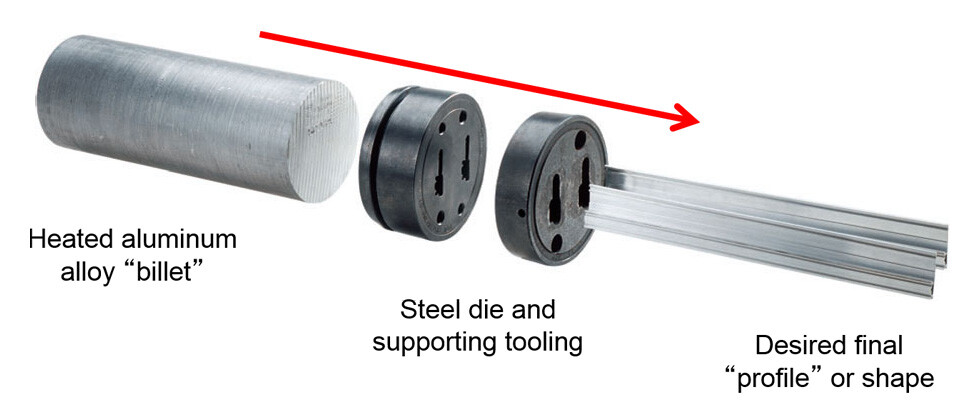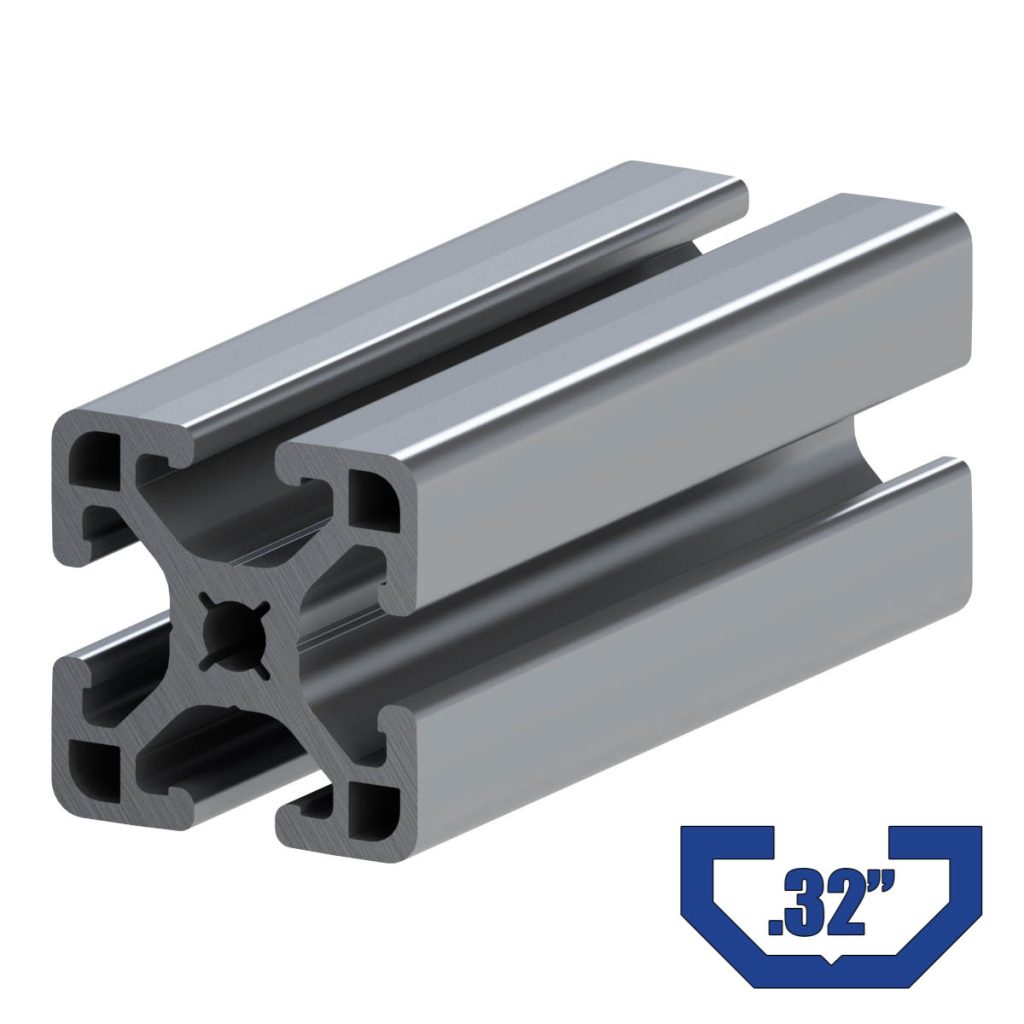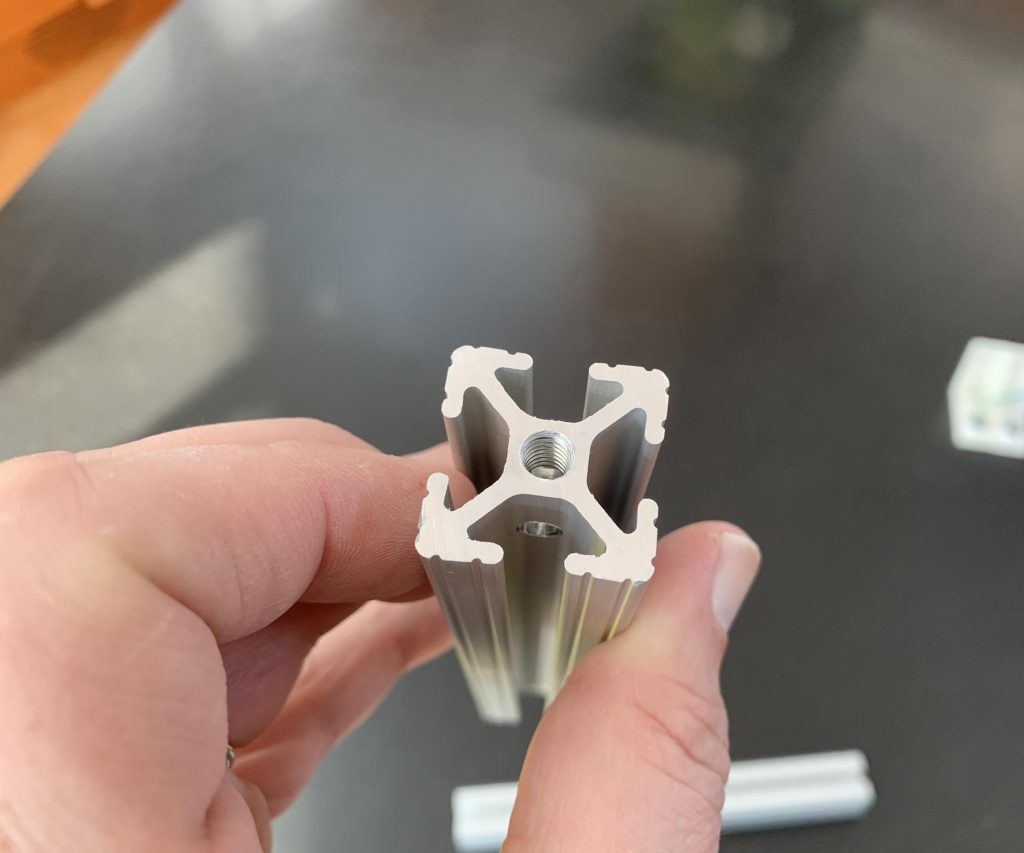Table of Contents
- How to Connect Aluminum Extrusion Into Long Pieces?
- Freequently Asked Questions
- How do I connect aluminum extrusion into long pieces?
- What types of connectors can I use to join aluminum extrusion into long pieces?
- What tools do I need to connect aluminum extrusion into long pieces?
- How can I ensure that the aluminum extrusion pieces are aligned correctly?
- What are some tips for connecting aluminum extrusion into long pieces?
Aluminum extrusions come in various shapes and sizes, but sometimes you may need to connect them to create longer pieces. Whether you are working on a DIY project or a professional build, knowing how to join aluminum extrusions is a valuable skill to have.
In this guide, we will explore different methods and techniques for connecting aluminum extrusions to create longer pieces. From using specialized connectors to welding and gluing, we will cover everything you need to know to get the job done effectively and efficiently. So, let’s dive in and discover how to connect aluminum extrusions into long pieces!
- Begin by aligning the two aluminum extrusions that you want to connect.
- Secure them in place using clamps or a vise.
- Drill holes through both extrusions at the point where you want to connect them.
- Insert bolts through the holes and tighten them with nuts.
- Repeat this process at regular intervals along the length of the extrusions to create a strong, connected piece.
How to Connect Aluminum Extrusion Into Long Pieces?
Aluminum extrusions are a popular choice for building structures because of their durability, strength and versatility. Connecting aluminum extrusions into long pieces can seem like a daunting task, but with the right tools and techniques, it’s actually quite simple. In this article, we’ll take a look at some of the methods for connecting aluminum extrusion into long pieces.
Method #1 – Bolts and Nuts
One of the most common ways to connect aluminum extrusions is by using bolts and nuts. This method involves drilling a hole through the extrusion and fastening the pieces together with a bolt and nut. The size of the bolt and nut will depend on the size of the extrusion being used. It’s important to use a washer to prevent the nut from pulling through the extrusion.
Another important consideration when using bolts and nuts is to ensure that the holes are drilled accurately and aligned correctly. This will prevent any unnecessary stress on the extrusion and ensure a strong connection. Using a drill press is recommended for accuracy.
Benefits of using bolts and nuts
- Strong connection
- Easy to disassemble if needed
- Can be used with a variety of extrusion shapes and sizes
Vs
| Bolts and Nuts | Other Connection Methods |
|---|---|
| Strong connection | May not be as strong |
| Easy to disassemble if needed | May be difficult to disassemble |
| Can be used with a variety of extrusion shapes and sizes | May only be suitable for certain extrusion shapes and sizes |
Method #2 – T-slot Connectors
Another popular method for connecting aluminum extrusions is by using T-slot connectors. T-slot connectors are pre-fabricated pieces that fit into the T-slot of the extrusion. They come in a variety of shapes and sizes to fit different extrusions.
Using T-slot connectors is a quick and easy way to connect aluminum extrusions. Simply slide the connector into the T-slot and tighten the bolt. It’s important to ensure that the connector is aligned correctly to prevent any unnecessary stress on the extrusion.
Benefits of using T-slot connectors
- Quick and easy to use
- Can be used with a variety of extrusion shapes and sizes
- No drilling required
Vs
| T-slot Connectors | Other Connection Methods |
|---|---|
| Quick and easy to use | May be more time-consuming |
| Can be used with a variety of extrusion shapes and sizes | May only be suitable for certain extrusion shapes and sizes |
| No drilling required | May require drilling |
Method #3 – Corner Brackets
Corner brackets are another option for connecting aluminum extrusions. They are pre-fabricated pieces that fit into the corner of the extrusion and are fastened with bolts and nuts. Corner brackets come in a variety of shapes and sizes to fit different extrusions.
Using corner brackets is a good option for adding strength to the connection. It’s important to ensure that the brackets are aligned correctly to prevent any unnecessary stress on the extrusion.
Benefits of using corner brackets
- Adds strength to the connection
- Can be used with a variety of extrusion shapes and sizes
- No drilling required
Vs
| Corner Brackets | Other Connection Methods |
|---|---|
| Adds strength to the connection | May not add as much strength |
| Can be used with a variety of extrusion shapes and sizes | May only be suitable for certain extrusion shapes and sizes |
| No drilling required | May require drilling |
Conclusion
Connecting aluminum extrusion into long pieces is an important step in building structures. There are several methods for doing so, including using bolts and nuts, T-slot connectors, and corner brackets. Each method has its own benefits and drawbacks, so it’s important to choose the method that is best suited for your project. By following the proper techniques and using the right tools, you can ensure a strong and durable connection.
Freequently Asked Questions
In this section, you will find the most common questions and answers about connecting aluminum extrusion into long pieces.
How do I connect aluminum extrusion into long pieces?
Connecting aluminum extrusion into long pieces requires precision and planning. First, you need to cut the extrusion to the desired length. Then, you need to drill holes in the ends of each piece, ensuring that they line up perfectly when joined together. Once the holes are drilled, you can use connectors, brackets, or screws to secure the pieces together. It is important to ensure that the pieces are perfectly aligned before securing them to prevent any gaps or misalignment.
Another method to connect aluminum extrusion into long pieces is to use a T-slot or slotless connector. These connectors are designed to slide into the T-slot or slotless channel of the extrusion, allowing the pieces to snap together. This method is ideal for creating a seamless connection and can be used for both vertical and horizontal connections.
What types of connectors can I use to join aluminum extrusion into long pieces?
There are several types of connectors that can be used to join aluminum extrusion into long pieces. Some of the most common connectors include T-slot connectors, slotless connectors, corner connectors, and end connectors. T-slot connectors are ideal for creating a strong and secure connection along the length of the extrusion. Slotless connectors, on the other hand, are perfect for creating a seamless connection between two pieces of extrusion.
Corner connectors are designed to be used at the corners of a project and can provide additional support and stability. End connectors are used to cap the ends of extrusion and can be used to create a finished look for your project. When selecting connectors, it is important to consider the type of connection you need and the strength required for your project.
What tools do I need to connect aluminum extrusion into long pieces?
To connect aluminum extrusion into long pieces, you will need a few essential tools. These include a saw or cutting tool for cutting the extrusion to the desired length, a drill for creating holes in the ends of the extrusion, and a screwdriver or wrench for securing the connectors or screws. Additionally, you may need a miter saw or hacksaw to cut the connectors to the desired length. It is important to have a measuring tape, a level, and a square to ensure that the pieces are cut and joined together accurately.
If you plan on using T-slot or slotless connectors, you may also need a T-slot cutter or slot cutter to create the channels for the connectors. These tools can be purchased at most hardware stores or online.
How can I ensure that the aluminum extrusion pieces are aligned correctly?
Aligning aluminum extrusion pieces correctly is essential to creating a strong and stable connection. One way to ensure that the pieces are aligned correctly is to use a level and square to check for accuracy. You can also use clamps to hold the pieces in place while you drill the holes and secure the connectors.
If you are using T-slot or slotless connectors, it is important to ensure that the channels are cut accurately and that the connectors are inserted correctly. You can use a T-slot cutter or slot cutter to create the channels and a mallet to gently tap the connectors into place. It is important to avoid using excessive force, as this can damage the extrusion or connectors.
What are some tips for connecting aluminum extrusion into long pieces?
When connecting aluminum extrusion into long pieces, there are a few tips that can help ensure a successful project. First, it is important to measure and cut the pieces accurately to ensure that they fit together perfectly. It is also important to use the correct connectors and fasteners for your project, as these will provide the necessary strength and stability.
Another tip is to use a level and square to ensure that the pieces are aligned correctly. You can also use clamps to hold the pieces in place while you drill the holes and secure the connectors. Finally, it is important to avoid using excessive force when inserting connectors or securing screws, as this can damage the extrusion or connectors.
In conclusion, connecting aluminum extrusion into long pieces is a task that requires attention to detail and precision. By following the steps outlined in this guide, you can successfully connect aluminum extrusions to create longer pieces that are both strong and durable.
Firstly, it is important to measure and cut the extrusion with accuracy. This will ensure that the pieces fit together seamlessly and that the final product is of high quality.
Secondly, using the right connecting method is crucial. Whether it’s through welding or using specialized connectors, choosing the right method will ensure that the extrusions stay securely connected.
Lastly, taking care to properly clean and maintain the extrusions will ensure their longevity and durability. This includes regular cleaning and lubrication to prevent corrosion and wear and tear.
By following these steps and taking care in the process, you can easily connect aluminum extrusions into long pieces that meet your specific needs and requirements.
Request a quote today!
[contact-form-7 id="1578" title="Contact form"]
Please compress the file into a ZIP or RAR file before uploading. Alternatively, send through your RFQ by email.
enquires@unitymanufacture.com





